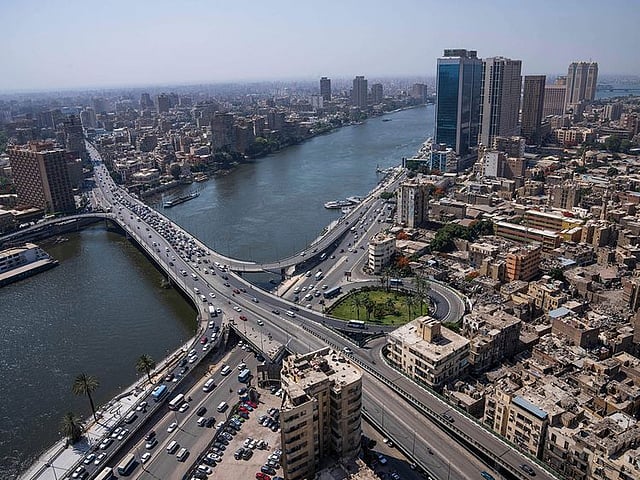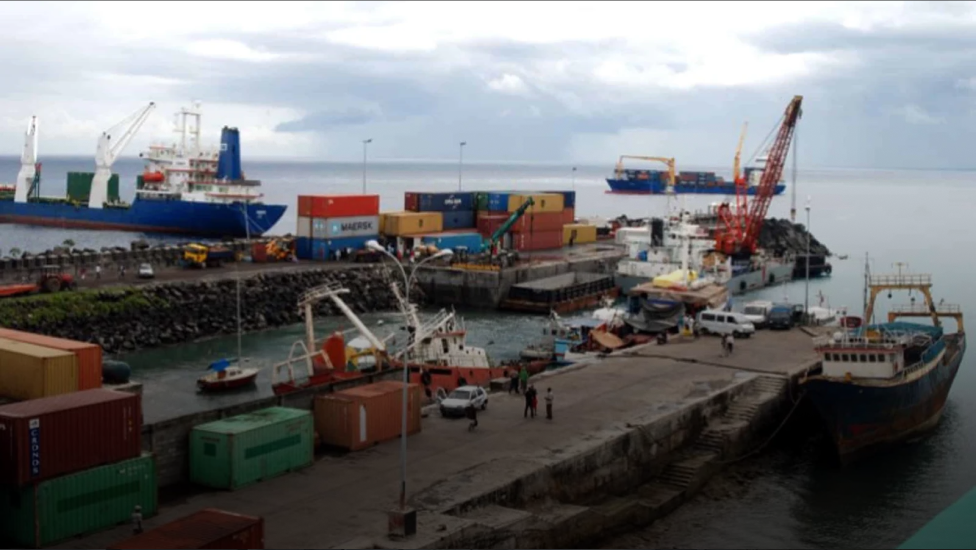São Tomé and Príncipe – Minister of State for Economy and Finance, Gareth Guadalupe.
As global trade tensions ripple outward from Washington once again, two small but resilient African island economies—São Tomé and Príncipe and Cape Verde—have signalled that a newly imposed 10% U.S. tariff on their exports will have minimal economic fallout. Speaking on separate occasions this week, both governments effectively downplayed the impact, citing their limited trade dependence on the United States and emphasizing the dominance of Europe in their economic and tourism sectors.
On Wednesday, U.S. President Donald Trump announced a blanket 10% tariff on goods imported from selected African nations, citing the need to “rebalance unfair trade agreements” and “protect American industries.” However, São Tomé and Cape Verde—two former Portuguese colonies with deep economic ties to Europe and an expanding tourism sector—say they are insulated from the move.
São Tomé and Príncipe: Minimal U.S. Exposure. For São Tomé and Príncipe, a tiny two-island nation in the Gulf of Guinea, the new tariff is a non-issue, according to the country’s Minister of State for Economy and Finance, Gareth Guadalupe.
“We have a 10% tariff that was applied to São Tomé and Príncipe, but this will not pose any problem for the São Toméan economy,” he told local media. “It exists, but we will continue our lives, because our foreign exchange does not depend on what we export to the United States.”
The truth is, São Tomé exports almost nothing to the U.S. Its main export products—cocoa, coffee, and fish—are largely traded with European partners, particularly Portugal, the Netherlands, and Belgium. In 2023, São Tomé’s total exports stood at just $18.7 million (approx. STD 450 billion / €17.2 million), with the U.S. making up less than 2% of that figure.
Cape Verde: Tourism-Fueled Growth and European Ties. Cape Verde, on the other hand, has a slightly broader trade portfolio but is still overwhelmingly European-oriented. Speaking to the press, Prime Minister Ulisses Correia e Silva acknowledged the unpredictability of U.S. policy but stated that there is “no immediate cause for concern.”
Cape Verde’s economy is heavily tourism-driven, with the sector contributing over 25% to its GDP and employing nearly a third of the workforce. According to the National Institute of Statistics, the archipelago received over 900,000 international tourists in 2023, 82% of whom came from Europe, particularly the United Kingdom, Germany, France, and Portugal.
The U.S. does play a significant role in remittances, however, due to its large Cape Verdean diaspora communities in Massachusetts, Rhode Island, and Connecticut. In 2023, diaspora remittances totalled around $312 million (approx. CVE 33.3 billion / €290 million), accounting for nearly 13% of Cape Verde’s GDP.
Still, direct goods exports to the U.S. remain marginal. Cape Verde’s total exports were valued at $123 million (approx. CVE 13.1 billion / €114 million) in 2024, with less than 5% destined for U.S. markets.
Resilient Microeconomies in a Shifting Global Order
What sets these two Lusophone islands apart is their ability to remain economically agile, even as larger economies scramble to respond to Washington’s trade maneuvers. Their small scale, combined with diversified external partnerships and a laser focus on tourism, gives them a measure of insulation from shocks that would destabilize more export-dependent African economies.
This trend is particularly notable given the broader vulnerability of Sub-Saharan Africa to trade disruptions. According to the World Bank, African exports to the U.S. under AGOA (African Growth and Opportunity Act) fell from $25 billion in 2008 to under $7 billion in 2023—a reflection of shifting American trade priorities and global supply chain realignments.
In contrast, European economic influence in Cape Verde and São Tomé has deepened, from trade and tourism to investment and infrastructure development. Cape Verde, for example, has benefitted from EU funding for port expansion, while São Tomé has recently signed new fisheries agreements with the European Union, further anchoring its economic future to the continent.
Looking Ahead – The Power of Diversification. Both Cape Verde and São Tomé present an evolving model for microstate economic resilience. Rather than rely heavily on any single trade partner—especially one as unpredictable as the current U.S. administration—these nations have pursued diversified economic linkages, leveraged cultural and linguistic ties to Europe, and built their service sectors with a focus on tourism and remittances.
That said, there are still vulnerabilities. São Tomé’s economy, though relatively stable, is heavily reliant on foreign aid, which makes up nearly 60% of the national budget. Cape Verde, while more diversified, faces growing climate change threats that could impact tourism and agriculture.
Nevertheless, in the face of geopolitical noise and tariff threats, these two nations are sending a clear message: they’re not overly worried.
Their strategy—anchored in tourism, remittances, European markets, and regional integration—offers a refreshing lesson for other small African economies navigating the volatile currents of global trade.
Exchange Rate References (April 2025):
1 USD = CVE 106.7 | 1 EUR = CVE 115.2 | 1 USD = STD 24,000 | 1 EUR = STD 26,000
By Yvan David Danisa, AfrikanTrust




